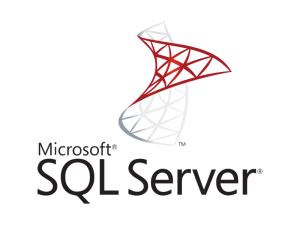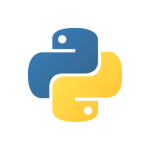20761-C: Querying Data with Transact-SQL
18
Lessons
5
Days
35
Hours
Intermediate
Level
Spanish
Lenguaje
5/5
Este curso es Oficial de Microsoft y forma parte de diferentes certificaciones; sin embargo su examen ha sido retirado el 31 de Enero del 2021, si quieres opciones de certificación en SQL Server contáctanos.


Features:
Overview
This course is designed to introduce students to Transact-SQL. It is designed in such a way that the first three days can be taught as a course to students requiring the knowledge for other courses in the SQL Server curriculum. Days 4 & 5 teach the remaining skills required to take exam 70-761.
Audience Profile
The main purpose of the course is to give students a good understanding of the Transact-SQL language which is used by all SQL Server-related disciplines; namely, Database Administration, Database Development and Business Intelligence. As such, the primary target audience for this course is: Database Administrators, Database Developers and BI professionals.
Skills Gained
- Describe key capabilities and components of SQL Server.
- Describe T-SQL, sets, and predicate logic.
- Write a single table SELECT statement.
- Write a multi-table SELECT statement.
- Write SELECT statements with filtering and sorting.
- Describe how SQL Server uses data types.
- Write DML statements.
- Write queries that use built-in functions.
- Write queries that aggregate data.
- Write subqueries.
- Create and implement views and table-valued functions.
- Use set operators to combine query results.
- Write queries that use window ranking, offset, and aggregate functions.
- Transform data by implementing pivot, unpivot, rollup and cube.
- Create and implement stored procedures.
- Add programming constructs such as variables, conditions, and loops to T-SQL code.
Prerequisites
- Basic knowledge of the Microsoft Windows operating system and its core functionality.
- Working knowledge of relational databases.
Course outline
Inscríbete en este curso
Verifica fechas y promociones
Otros cursos
More
More



